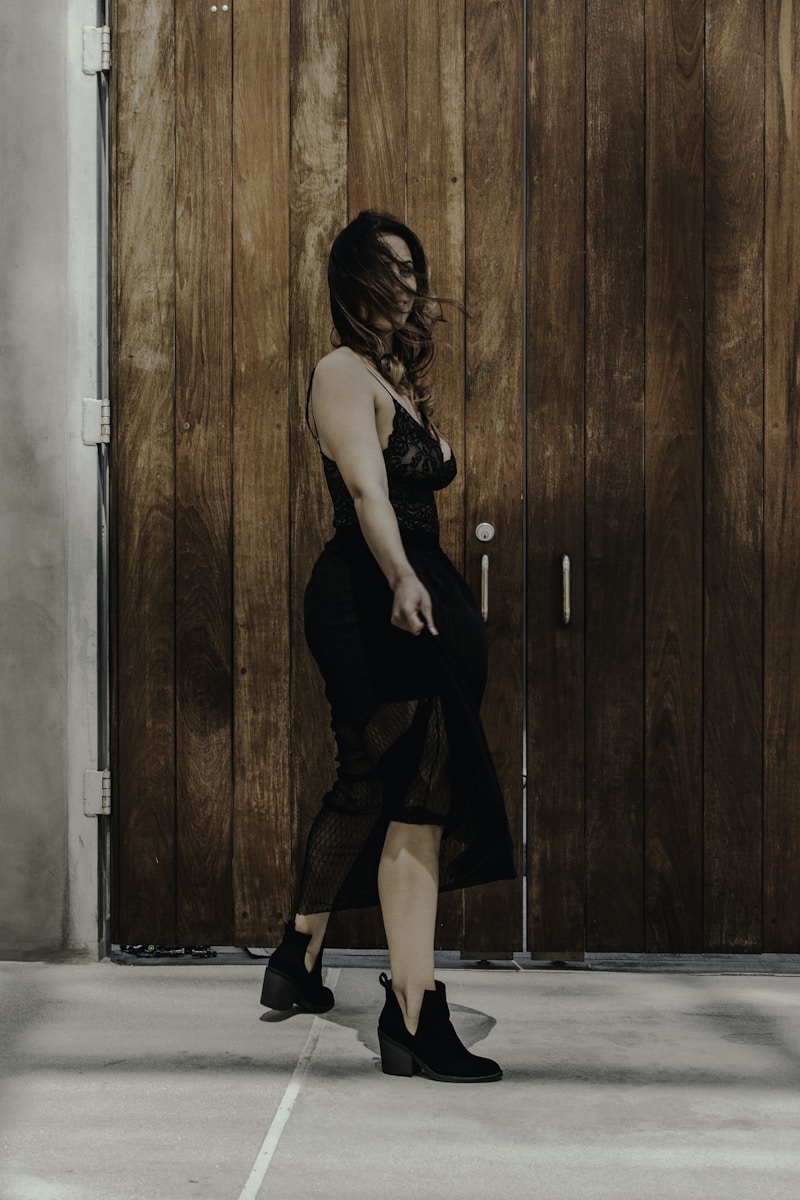Expert Guidance for Dress Fitting: A Comprehensive Guide
Unlocking the Secrets of Perfect Dress Fitting
Every bride dreams of looking perfect on her special day, and a significant part of that entails achieving a flawless dress fit. Whether you're shopping for a wedding gown or a seasonal dress, understanding how to navigate the fitting process can transform your appearance and boost your confidence. In this article, we'll provide expert guidance for dress fitting, ensuring you understand the key elements that contribute to a stunning fit.
The Importance of Dress Fitting
Dress fitting is crucial for a variety of reasons:
- Enhanced Appearance: A well-fitted dress not only improves your overall look but also accentuates your best features.
- Comfort: A properly fitted dress allows for ease of movement, making you feel more at ease.
- Confidence Boost: When you wear a dress that fits beautifully, it elevates your confidence, leaving you feeling glamorous.
What to Prepare for a Dress Fitting
Before heading to your dress fitting appointment, it's essential to be adequately prepared. Here are some tips on what to bring and expect:
| What to Bring: | What to Expect: |
| 1. Undergarments that you plan to wear. | 1. Be open to feedback and suggestions from the fitter. |
| 2. Shoes that are similar in height to what you'll wear. | 2. The fitter may take various measurements. |
| 3. Any accessories you plan on using. | 3. Treatments for minor adjustments will be discussed. |
| 4. Pictures of dresses you love for inspiration. | 4. Be ready to try different styles and sizes. |
Understanding Dress Sizes and Styles
When it comes to finding the right fit, it's essential to understand that dress sizes can vary significantly across designers. Thus, don’t be discouraged if you don't fit into one specific size. Here are some common sizing systems:
- US Sizes: Typically range from 0 to 16, with each increment representing a difference in body measurements.
- UK Sizes: Sizes typically range from 4 to 24, usually two sizes larger than US sizes.
- European Sizes: Often indicated in numbers (36-46), these sizes tend to be standardized across brands.
How to Measure for a Dress
Knowing how to measure yourself correctly is invaluable. Here are the key measurements to focus on:
- Bust: Measure around the fullest part of your bust while keeping the tape parallel to the ground.
- Waist: Measure where your waist is naturally the narrowest, usually just above your belly button.
- Hip: Measure around the widest part of your hips, ensuring the tape is level all around.
- Length: Depending on the dress style, measure from your shoulder to the desired dress length.
Choosing the Right Dress for Your Body Shape
Understanding your body shape is key when selecting a dress that fits well. Here are some common shapes and their recommended styles:
| Body Shape | Recommended Styles |
| 1. Apple Shape | A-line dresses that cinch at the waist and flow outward. |
| 2. Pear Shape | Ball gowns or off-the-shoulder dresses that highlight the waist and neckline. |
| 3. Hourglass Shape | Form-fitting dresses that emphasize curves. |
| 4. Rectangle Shape | Dresses with ruffles or tiers to add volume. |
Common Dress Fitting Adjustments
Even if a dress initially fits well, it might require some adjustments. Here are some common dress fitting tweaks:
- Taking in the sides: Helps achieve a more tailored look.
- Shortening the hem: Essential for ensuring the dress fits your height.
- Adjusting the neckline: Allows for more comfort or a different style.
- Lifting the bust: Adds support, creating a better silhouette.

When to Schedule Your Dress Fitting Appointment
Timing is key when it comes to dress fittings. Here are some general guidelines:
- Initial Fitting: Schedule as soon as you have your dress, typically 3-4 months before the event.
- Final Fitting: Aim for 1-2 weeks before the event to make any last-minute adjustments.
Tips for Communicating with Your Fitter
Effective communication with your fitter can lead to better results. Here are some tips:
- Be Honest: Communicate what you like and dislike about the fit.
- Ask Questions: Don’t hesitate to inquire about recommended alterations.
- Provide Feedback: Let them know how the dress feels, as comfort is essential.
Conclusion
Finding the perfect fit for your dress can be a rewarding experience when guided with expert advice. Understanding your measurements, body shape, and the importance of scheduling fittings are crucial steps in this process. Remember, effective communication with your fitter is key to achieving your desired look. By following these expert guidelines, you can ensure that your dress fitting not only meets your expectations but also exceeds them, leaving you confident and dazzling at your event.
In summary, dress fitting is an essential part of achieving the look you desire. By preparing adequately, understanding dress sizes, measuring correctly, and being open with your fitter, you’ll be well on your way to finding that perfect dress fit. Happy shopping!